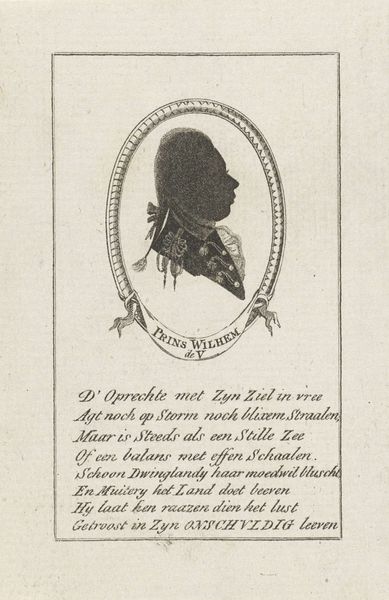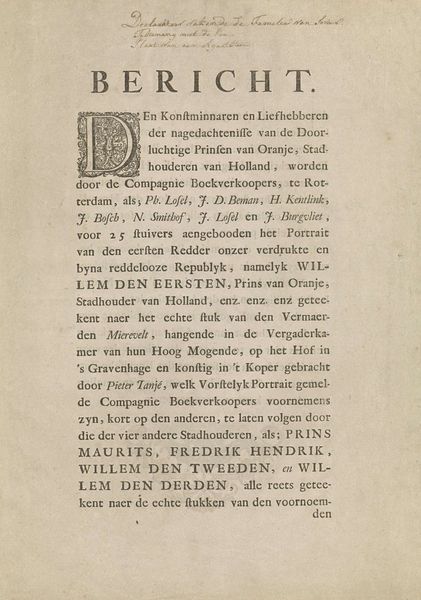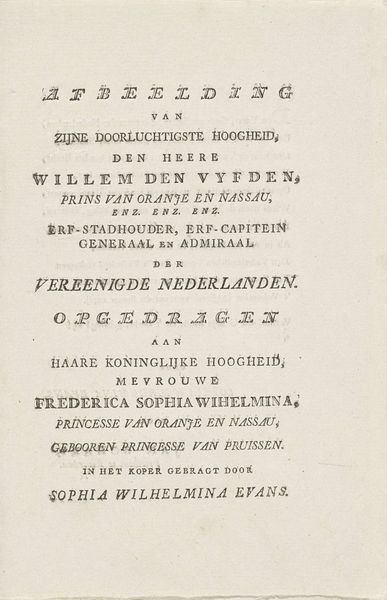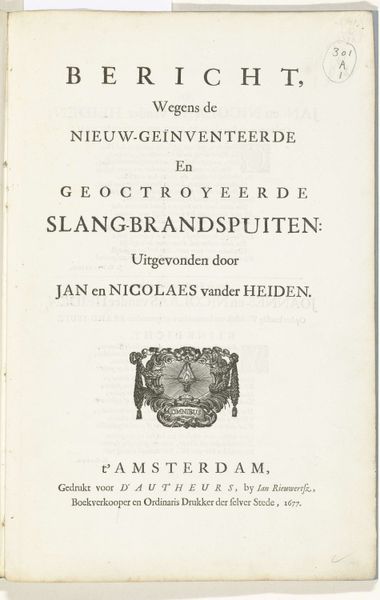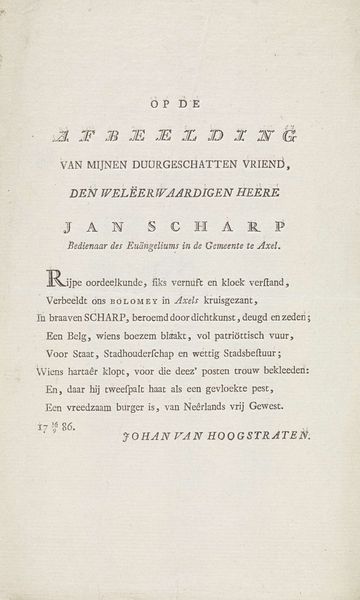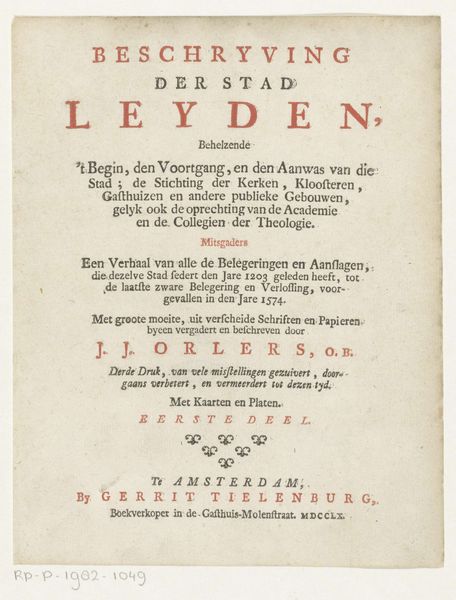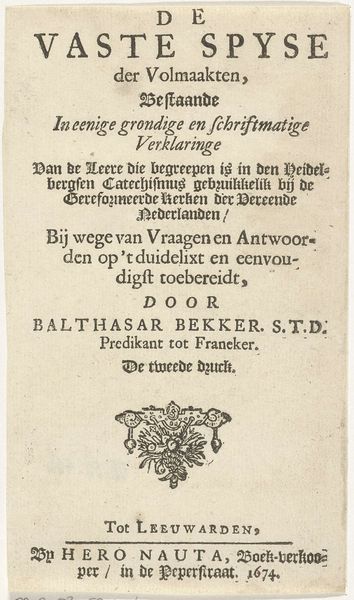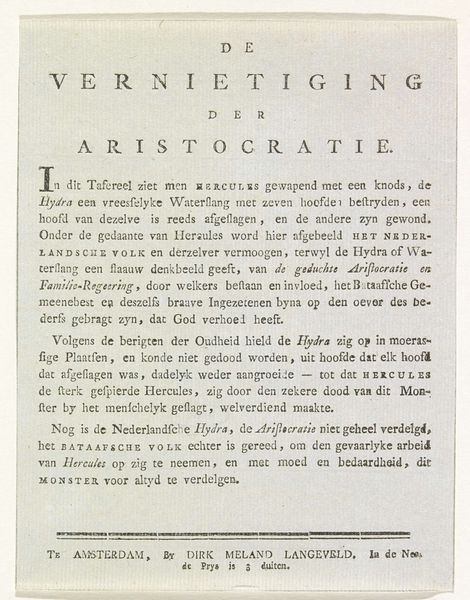
print, typography, engraving
#
portrait
#
dutch-golden-age
# print
#
typography
#
engraving
#
monochrome
Dimensions: height 223 mm, width 126 mm
Copyright: Rijks Museum: Open Domain
Curator: Let's discuss this print, "Portret van de predikant Jacobus Engelsma Mebius," dating back to 1814, crafted by Leonardus Schweickhardt. Editor: It's striking how stark and reserved the silhouette is, almost like a shadow or memory etched onto the page. It definitely conveys a sense of solemnity. Curator: Precisely. It speaks to the social and political role of preachers during this period. Mebius, in his role with the Dutch Missionary Society, was an influential figure, deeply embedded in the social fabric of the Netherlands at a critical time. Editor: The profile immediately conjures up connotations of Puritan portraiture, but also classical cameos. The man's features are erased, leaving a pure representation, which heightens the symbolism – focusing less on individual identity and more on an archetype of faith and authority. Curator: The choice of a print, of typography in general, speaks to the democratizing power of the image at the time. These portraits could be widely disseminated, reinforcing his message, identity and authority within a growing missionary movement. The monochrome palette certainly emphasizes a moral austerity of the moment, perhaps speaking to anxieties about post-Napoleonic Europe. Editor: Absolutely. The text surrounding the portrait functions as a frame, amplifying the cultural memory associated with both the sitter and the institution he represents. You notice also how this piece contains an 'Opwekkingsrede' — translated to 'revival speech' - signaling an attempt to return to traditional morals. The silhouetted nature, its lack of depth, almost transforms Mebius into an idea, more than a person, thus making him an allegorical emblem for religious principles. Curator: It underscores the complexity of art, of visual media's interplay between faith, societal structures, and representation in a turbulent time of immense cultural reform. Editor: This piece serves to illuminate the potent capacity for an image, especially during times of transformation, to stand as a symbol of enduring cultural narratives.
Comments
No comments
Be the first to comment and join the conversation on the ultimate creative platform.
